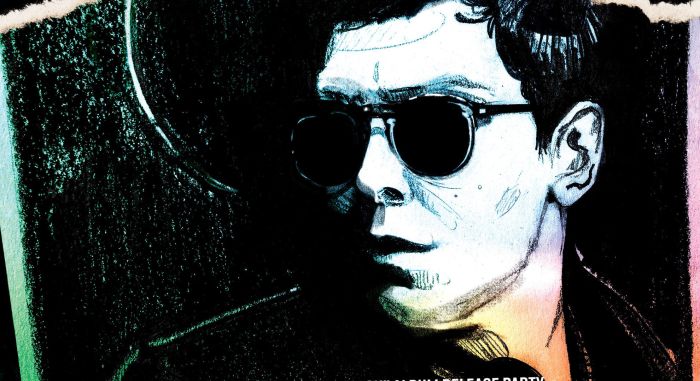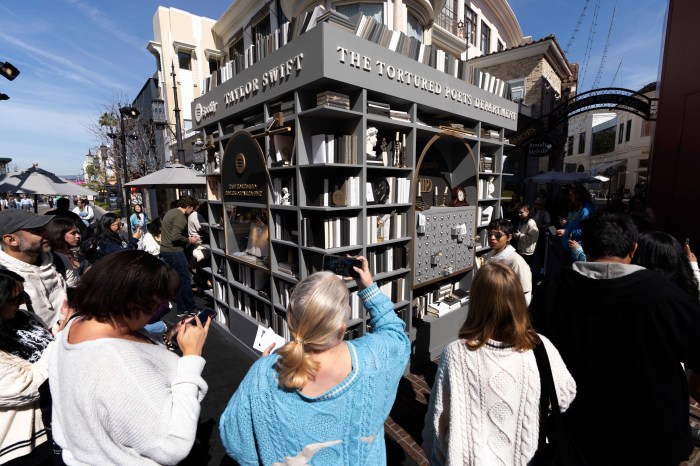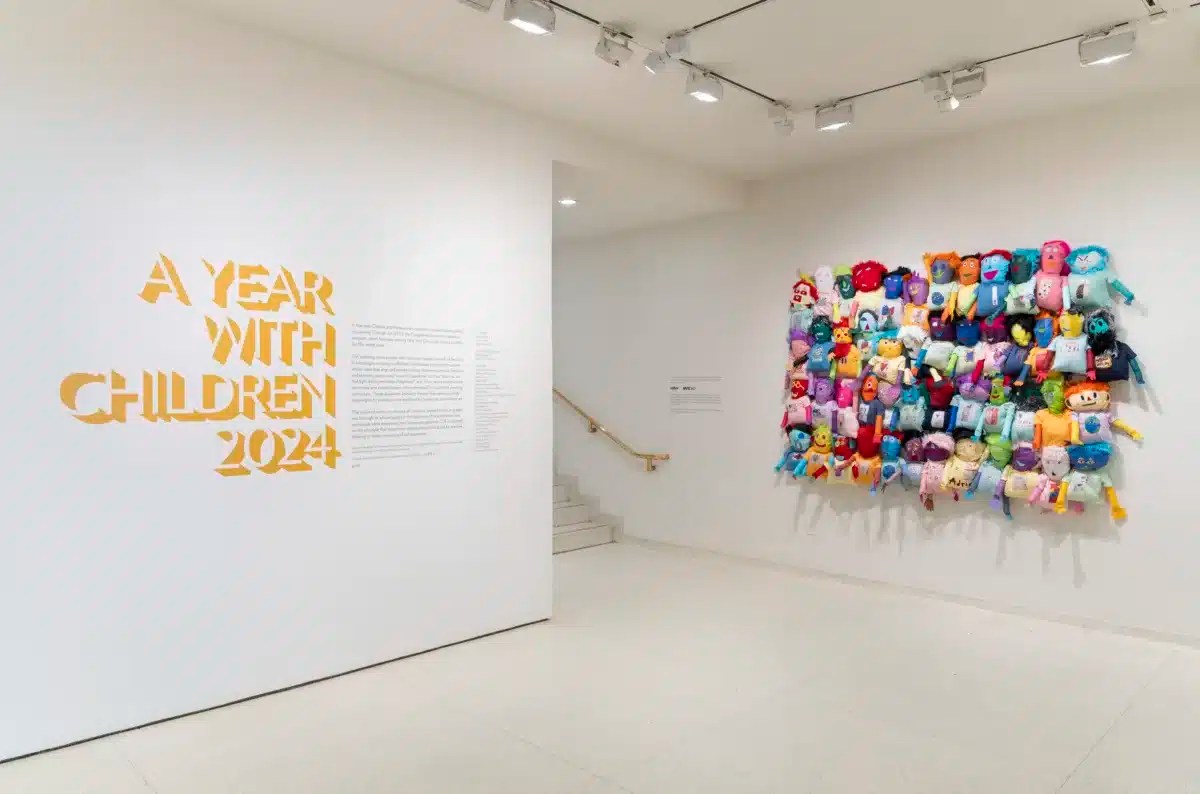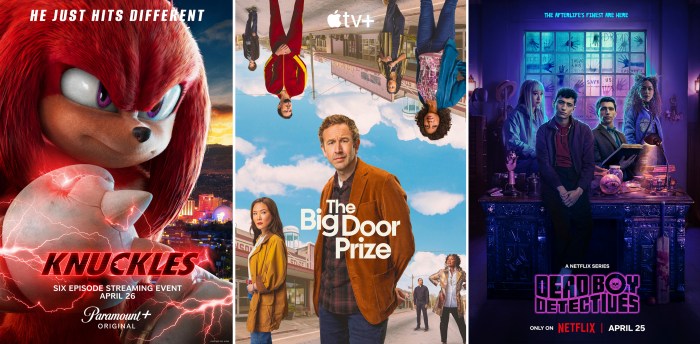Felicity Jones has spent her career balancing critically-acclaimed dramatic parts in movies like “The Theory of Everything” and the upcoming “A Monster Calls,” and mainstream big budget efforts such as “The Amazing Spider-Man 2.”
This season alone, in addition to “A Monster Calls,” you can find her in the third Tom Hanks-Dan Brown installment “Inferno” and starring in a little movie called “Rogue One: A Star Wars Story.” In the latter, she plays lead Jyn Erso, a key figure in stealing the plans for the Death Star. The movie, out Friday, is set before “Star Wars: Episode IV: A New Hope.”
amNewYork spoke with Felicity Jones, 33, about joining the fabled universe in the newest “Star Wars” flick, which also stars everyone from Diego Luna to Alan Tudyk.
Do you see a difference between acting in this and something like “The Theory of Everything”?
I do. Often you’re doing very, very wide shots, so I feel like movement becomes very important. The physicality of the character is always important in whatever you’re doing, but particularly in these big films. … With Jyn, I wanted to move almost like an animal, a kind of cat movement. I think there’s something very special on a big screen, to explore that more dance side of being an actor.
So, who is Jyn Erso?
Jyn is a very independent, spirited character. She goes from being an outsider to someone who has had real struggle in her life, and really finding her place. And so much of the film is really about the rebels as a team, coming together as a group, all from different backgrounds, different nationalities, different languages. Their difference is their strength. They come together to find great unity. Jyn goes from being someone who is a little bit of a loner who doesn’t trust people, to really becoming a leader and believing in something.
Can you relate to her?
I liked how perceptive she was. She has real humanity and throughout the film, you see her subconsciously bring her team together and she has a very strong instinct if she likes someone and connects with them, and acts on those instincts. So I liked that there was a real immediacy about her.
How did you go about making her your own?
I always find that the more time you have, the better. … I went and did Kung-Fu training and literally went from knowing absolutely nothing and doing very embarrassing movements — much to the disappointment of my Kung-Fu teacher — to then a few months later feeling a little more confident and in command. … On our first day, Alan, Diego and I, we probably only had about two lines each, maybe three, but we were so nervous we ran the scene … as thought it was Shakespeare. We ran it literally about 100 times. We just didn’t want to make a single mistake on that first day.
What was your relationship to “Star Wars?”
I think, like everyone, it’s something that has been a part of your childhood. What’s extraordinary about it, is that growing up in the ’70s, people would have gone to see the film and then now for their children to be going is pretty special. To have something that has lasted that long is a testament to how much enjoyment people get out of it. But definitely, I used to watch it when I was younger, and I’d enjoy imitating the sequences. I was a real tomboy and so I loved running around and playing “Star Wars”-inspired games.
Are you excited to have toys in your image?
I am. I have a box of them, which I will open particularly if any of my friends’ children come around or my nephew. Then I feel like a very popular aunt. Suddenly, I got very real street cred.
What was the filming experience like?
We were very lucky. A lot of it was there for us. [Director] Gareth [Edwards] very much wanted to keep it in that ’70s tone. You know, in the ’70s they didn’t have all the CGI. That’s why I think the films are so brilliant, because they’re rooted in real sets and you believe in the world. And we literally would go into one of the U-Wing that we fly in, and you’re pressing buttons and things would be shining and lights would be flashing. The less acting you have to do in those situations, the better. The less tennis balls are involved and “look at that and imagine there is this huge creature coming toward you.” … So it’s a very special “Star Wars” because it’s not made in the computer. It was made with the skill and reality of what was going on in the scene in that moment.
How was it working with Gareth?
Gareth loves endurance takes, where you spend very long periods of time in small, cramped spaces with other actors, so you all get to know each other very well. And what I love about Gareth is he goes through what we go through. He’s not sitting 20 minutes down the road in a tent, directing through walkie talkies. He’s actually there in the moment, operating the camera, and what he loves about that is that he can capture something in the moment, something spontaneous. There is a real emphasis on it feeling real and in a world where we are starting to move toward virtual reality, you’ll feel like you’re involved. You’ll feel like you’re actually there in the story.
“Star Wars” is known for its droids. How does “Rogue One’s” K-2SO fit into that pantheon?
He would absolutely make us laugh our socks off because Alan — not only is he very funny, cause he’s a comedian — but he also had to wear these CGI pajamas on a daily basis that are very tight and not a lot was left to the imagination. And then a funny little hat. So as soon as Alan was on set, the whole atmosphere lightened. He just improvised constantly. He has some of the best lines in the film. I think people are going to fall in love with K-2SO.

















